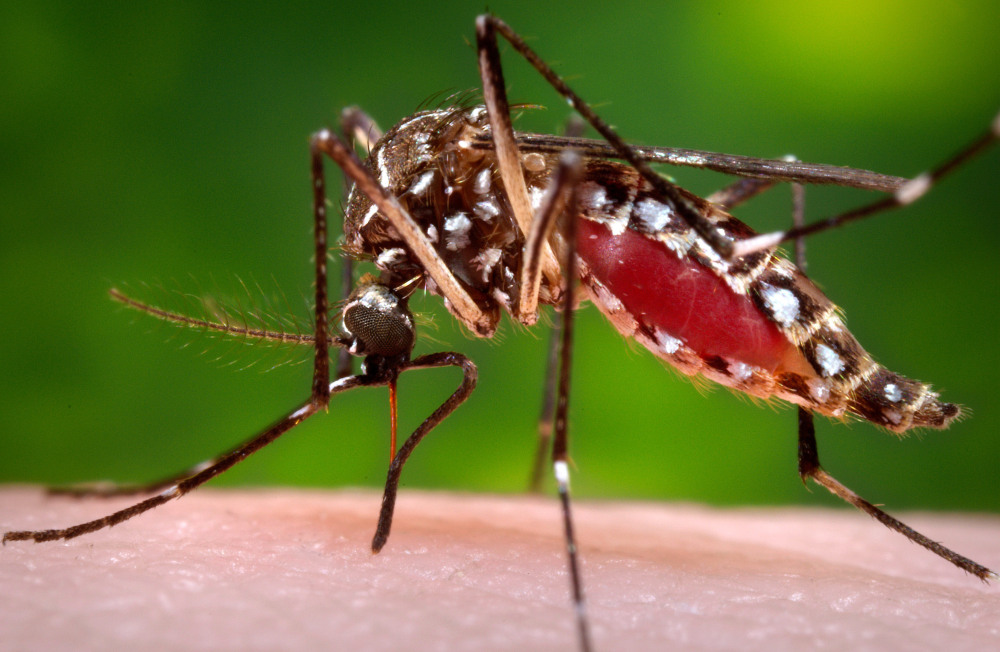Zika, which the World Health Organization says is “spreading explosively” across the Americas, is transmitted by the same mosquitoes that also carry other tropical viruses such as dengue and yellow fever. Global health officials are alarmed because of its potential link to brain defects in infants as well as a rare syndrome that can lead to paralysis.
Here’s what you need to know:
The virus was discovered in 1947 in a feverish rhesus monkey living in the Zika Forest of Uganda, but until 2007 scientists knew of only 14 human cases of the disease. That year it arrived on the travel-brochure-perfect Yap Island in the southwestern Pacific Ocean. Within a few months, nearly three-quarters of the island’s 11,000 or so residents older than 3 had been infected.
Those sick with Zika developed fever, joint pains and eye inflammation; then a red, bumplike rash erupted, sometimes followed by painful swelling of hands and feet. Some people vomited. Others were sensitive to light. But the symptoms were usually resolved a couple of days later, and no one died.
In 2013, Zika popped up again, this time in Tahiti and other parts of French Polynesia with an estimated 28,000 people sick enough to seek medical care. By 2014 it was showing up in several other South Pacific islands.
And in May, Zika showed up in Brazil, with more than 1 million people taken ill. The Brazilian Health Ministry says 80 percent of those who catch Zika show no symptoms. The rest may suffer fever, muscle pain and rashes for a few days and most people who come down with it recover quickly. Some health officials say the virus is spreading quickly because most people in the Americas have never before been exposed to the disease.
Microcephaly, another worrisome development:
While the disease’s symptoms appear to be mostly manageable, health officials became more alarmed when the disease was linked to a terrible birth defect called microcephaly, which is characterized by a shrunken head and incomplete brain development.
Researchers still don’t fully understand the link between Zika and microcephaly and even the number of cases has not been confirmed. At one point Brazil said there were 4,180 suspected cases. However, on Wednesday the country said it had looked into 700 of those and that 270 had been confirmed and 462 had been ruled out.
In 2014, Brazil reported only 150 cases, which is a very small number for its population.
Pregnant women are being screened carefully in Brazil and other South American countries and pregnant travelers from outside the country are being warned to stay away.
The link to Guillain-Barré syndrome:
The virus has also been linked with Guillain-Barré, a rare neurological condition. Guillain-Barré syndrome occurs when your own immune system damages nerve cells. Most people recover fully from it, but others experience long-term nerve damage or paralysis. In rare cases, people have died.
Is the United States vulnerable?
In the United States, health officials said Zika virus may be the reason for a baby born in Hawaii with microcephaly – the first such case in the country. The mother is believed to have contracted the disease while living in Brazil last spring. Florida, Illinois, New Jersey, Texas, Arkansas and other other states have confirmed that residents who recently traveled to countries where the Zika virus has been found in mosquitoes have tested positive.
The virus is transmitted when a mosquito that can carry the disease, such as A. aegypti, bites an infected person and then bites someone else. It cannot be transmitted from person to person. A. aegypti is not one of the mosquitoes commonly found in Maine.
Send questions/comments to the editors.



Comments are no longer available on this story